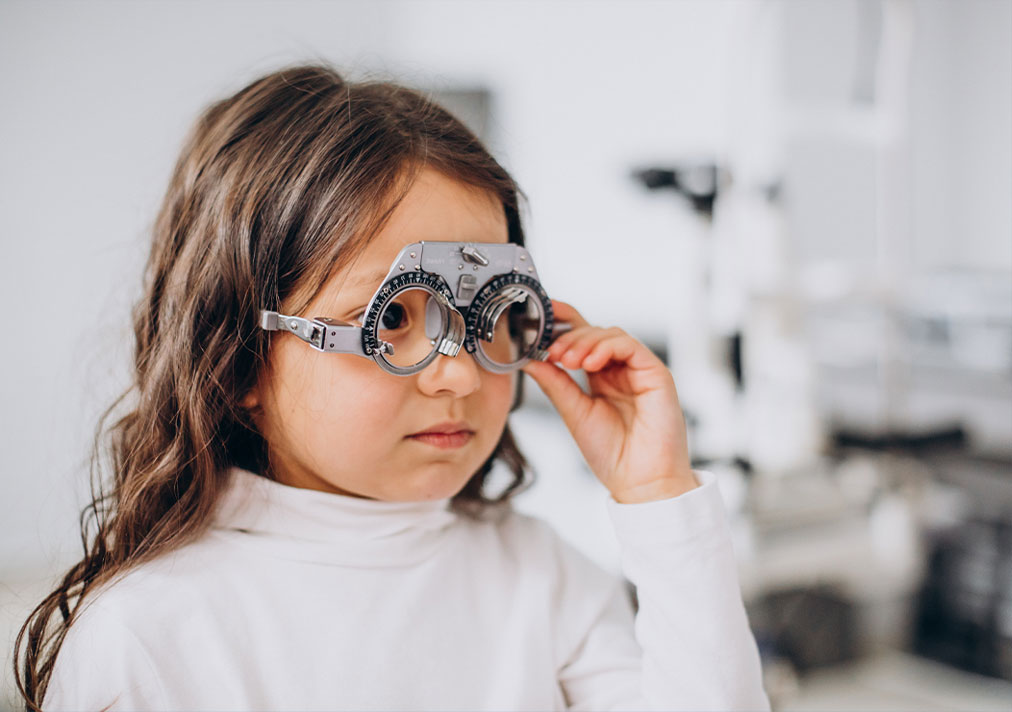A crossed eye, also known as Strabismus, is a disorder in which the eyes do not look together at an object, at the same time. People suffering from this condition have a problem with the eye muscles or with the brain where the signals are processed. The prevalence rate is about 2.5%. It can be spotted during infancy itself and is common in young children.
Strabismus is of two types – intermittent or constant. The intermittent strabismus occurs during some part of the day, such as when the eye muscles are tired or during an illness. Sometimes parents may notice their child’s eyes wandering during first few months of its birth. That’s mainly because the infant is still learning to focus and to move both the eyes together. This condition is over by the time they reach 3 months of age. Strabismus, however, is a constant situation.
The crossed eye is grouped according to the direction of misalignment. If one eye is looking straight and the other appears to be looking inwards (towards the nose), it is known as esotropia or convergent strabismus.
If the other eye is looking outward (towards the ear), it is known as exotropia or divergent strabismus. If the eye is misaligned in a downward direction, it is hypotropia, while in an upward direction, it is hypertropia.
Symptoms of Crossed Eye
Commonly known symptoms for a person who suffers from crossed eye conditions are blurred vision, double vision, and vision disorder. The eyes do not appear to move together. The eyes often blink and squint, especially in bright light, and look misaligned. Sometimes, diseases such as high blood pressure, diabetes, multiple sclerosis, and thyroid disorders can also trigger this condition. You should consult a doctor if you see any symptoms in your child or any adult.
Treatment of Crossed Eye
The eye doctors will check for alignment of the eye and the coordination in the movement of both the eyes. There is no prevention of this condition, but it can be treated if detected well in time. This can be treated in adults as well to a large extent.
An eye doctor may prescribe glasses to correct vision defects. Eye exercises are also found to be helpful in strengthening the eye muscles. Surgery can also be used to loosen or tighten the muscles of a specific eye in order to realign the eyes.
We, at Eye-Q Vision, have Pediatric Services where a specialized team of doctors looks after the eye problems of your child. We assure you that the health of your child’s eyes is in safe hands.
Also Read- Nearsightedness (Myopia): Symptoms, Causes, Treatment




